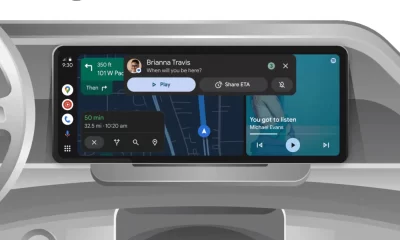Android
Google tests RCS indicator update and Android 15 strengthens factory reset protection

Key Points:
- Google Messages Update: Testing new RCS status labels for clearer messaging.
- Android 15 Security: Factory Reset Protection (FRP) is tougher to bypass.
- Stronger FRP: New restrictions prevent unauthorized access after resets.
Google is making changes to how users see message types in its Messages app and tightening security on Android devices with its latest Android 15 update.
Google Messages Tests RCS Label Change
Google is experimenting with a new way of labeling messages in its Messages app. Right now, when you send a message, it shows either “Text message” or “RCS message.” RCS stands for Rich Communication Services, which allows more advanced features like higher-quality media and encryption.
In this new test, the labels are shorter: “RCS” for RCS chats and “Text” for regular SMS messages. This update makes the labels more concise, but some users have pointed out that the use of parentheses around “(RCS)” or “(Text)” looks unnecessary and could be simplified further. This test is still being rolled out to a limited number of users, with more changes like a colorful send button already appearing for some.
Android 15 Enhances Factory Reset Protection (FRP)
When it comes to security, Android 15 introduces stronger protections against phone thieves. One of the biggest risks after a phone is stolen is that the thief could try to reset the phone to sell it. Android’s Factory Reset Protection (FRP) makes this difficult by requiring the original Google account to unlock the device after a reset.
However, clever hackers have found ways to bypass this protection in the past. With Android 15, Google has added new security measures to make it much harder for thieves to get around FRP. Here’s what’s new:
- No Bypassing Setup: Thieves can’t skip the setup process to avoid signing in with the original Google account.
- Lock Screen and Apps Disabled: After a reset, the phone won’t allow setting a new lock screen PIN, adding another Google account, or installing apps until the original account is signed in.
- Secret Key Verification: Android 15 now stores a special key in a secure part of the phone’s memory. If the phone is reset without permission, the phone will ask for this key when it restarts, which can only be unlocked by signing into the original Google account.
These changes make it almost impossible for thieves to sell or reuse stolen Android phones. Google is also allowing phone manufacturers to add their security layers on top of this, making Android phones even more secure in future updates.
In summary, Google is testing more user-friendly updates to messaging and has made major improvements to phone security in Android 15, making it far harder for thieves to bypass critical protections.
Android
Easy ways to change Android Auto’s look with light and dark themes
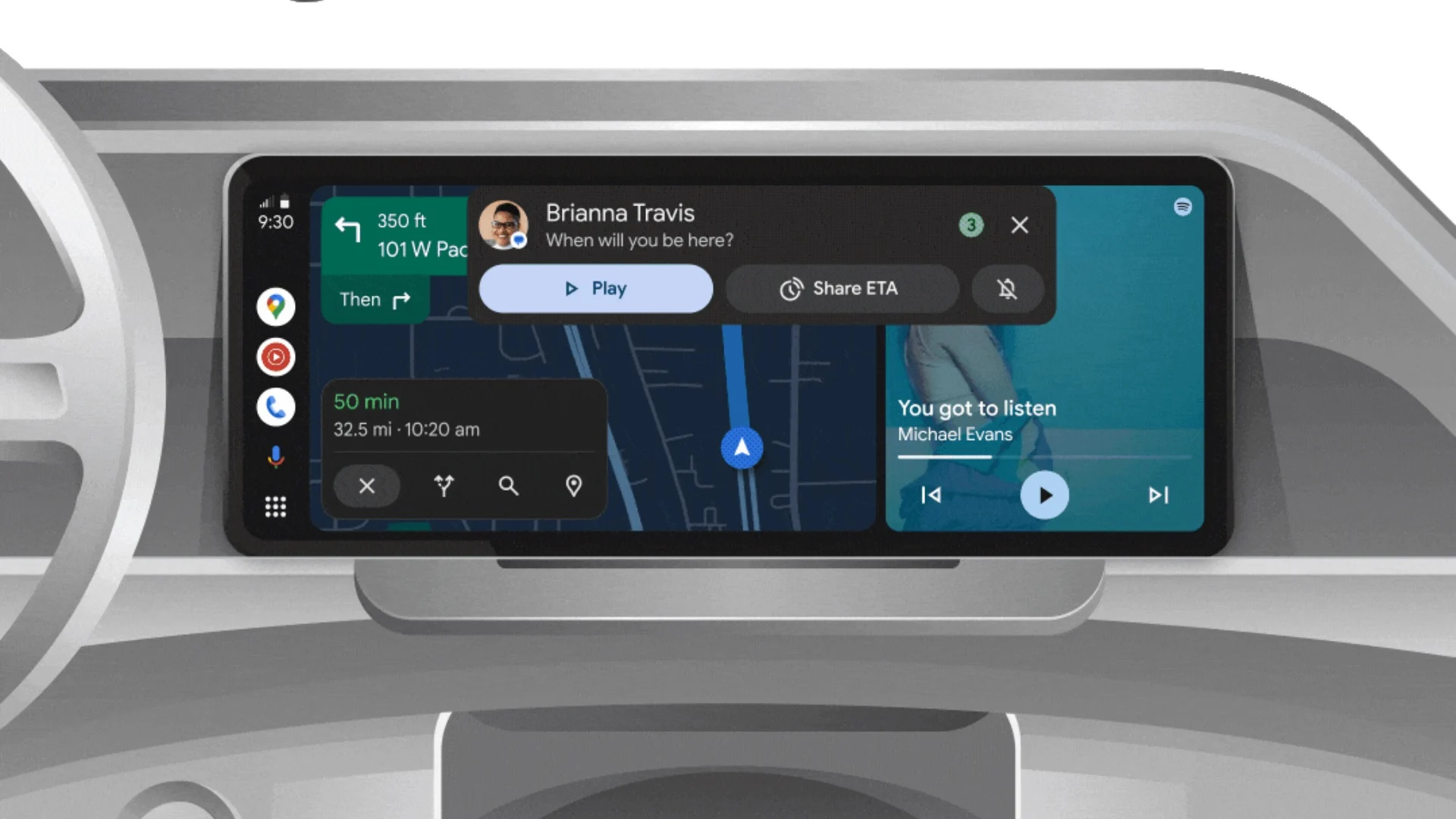
Android Auto is a helpful tool that lets you use your phone’s apps safely while driving. It connects your phone to your car’s screen, making it easier to use maps, music, and calls. One of the features many people like is the ability to change how Android Auto looks by switching between light and dark themes.
How to switch between light and dark themes
Android Auto offers two main themes: light and dark. The light theme uses brighter colors, which can make the screen easier to see during the day. The dark theme uses darker colors, which can be more comfortable for your eyes at night or in low light.
To change the theme, follow these steps:
- Open the Android Auto app on your phone.
- Go to the settings menu.
- Find the “Theme” option.
- Choose between “Light,” “Dark,” or “Set by car” (this lets your car decide the theme based on the time of day or your car’s settings).
Why themes matter
Using the right theme can make driving safer and more comfortable. The light theme is good for bright days, while the dark theme helps reduce glare at night. Having these options means you can pick what works best for you, making Android Auto easier to use in any condition.
In short, Android Auto’s theme options are simple to use and help you drive more safely by making the screen easy to see, no matter the time of day.
Android
Google’s New Updates: Gemini 2.5 Pro, Android 16 features, and Messages change

Google has just rolled out some exciting updates across its services and apps. Here’s a simple breakdown of what’s new and what it means for you.
Gemini 2.5 Pro is here
Google has launched Gemini 2.5 Pro, the latest version of its AI model. This upgrade brings smarter and faster responses, making it easier for users to get helpful answers. Gemini 2.5 Pro is now available in Google’s AI Studio and Vertex AI, so developers can build even better tools and apps using this technology.
Android 16 brings more customization
Android 16 is adding new ways to personalize your phone. One of the standout features is the ability to hide the clock on your lock screen, giving you a cleaner look if you want it. This is part of Google’s push to let users make their phones feel more unique. There’s also a new animation for the power button, making the experience smoother and more modern when you turn your phone on or off.
Google Messages removes the unsubscribe button
If you use Google Messages, you might notice that the “Unsubscribe” button is gone from some business messages. Google has removed this feature, so users now have to find other ways to stop unwanted texts. This change might make it a bit harder to manage spam, but Google hasn’t said why the option was removed.
What does this mean for you
These updates show that Google is focused on making its products smarter and more personal. Whether you’re using AI tools, customizing your phone, or managing your messages, you’ll see some changes that aim to improve your experience.
Android
Here’s what’s new with Google Keep and Android Automotive apps

Google Keep is getting a fresh look with the new Material You design, making it more colorful and easier to use on Wear OS smartwatches. The update brings bigger buttons and clearer text, so you can quickly jot down notes or check your lists right from your wrist. This makes Google Keep more handy when you’re on the go and don’t want to pull out your phone.
On another front, Android Automotive is improving how apps show information while you drive. Instead of opening full apps, you’ll see simple cards on your car’s screen that give you important details at a glance.
These cards help keep your focus on the road by showing things like music controls, navigation updates, or reminders without distractions. This new card system is designed to work smoothly with apps like media players and navigation tools, making your driving experience safer and more convenient.
Together, these updates show Google’s effort to make its apps smarter and easier to use in everyday life, whether you’re walking around with your smartwatch or driving your car. The focus is on clear, simple designs that help you get things done quickly without hassle.
In short, Google Keep’s new look on Wear OS and the smart cards in Android Automotive are small but useful changes that make tech fit better into your daily routine.
-
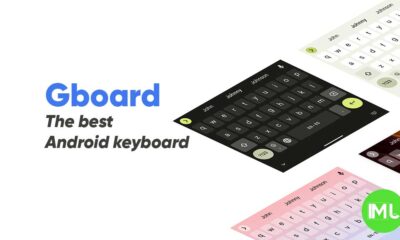
 Apps1 year ago
Apps1 year agoGboard Proofread feature will support selected text
-

 News1 year ago
News1 year agoSamsung USA crafting One UI 6.1.1
-

 Apps1 year ago
Apps1 year agoGoogle Contacts app testing new Besties Widget
-
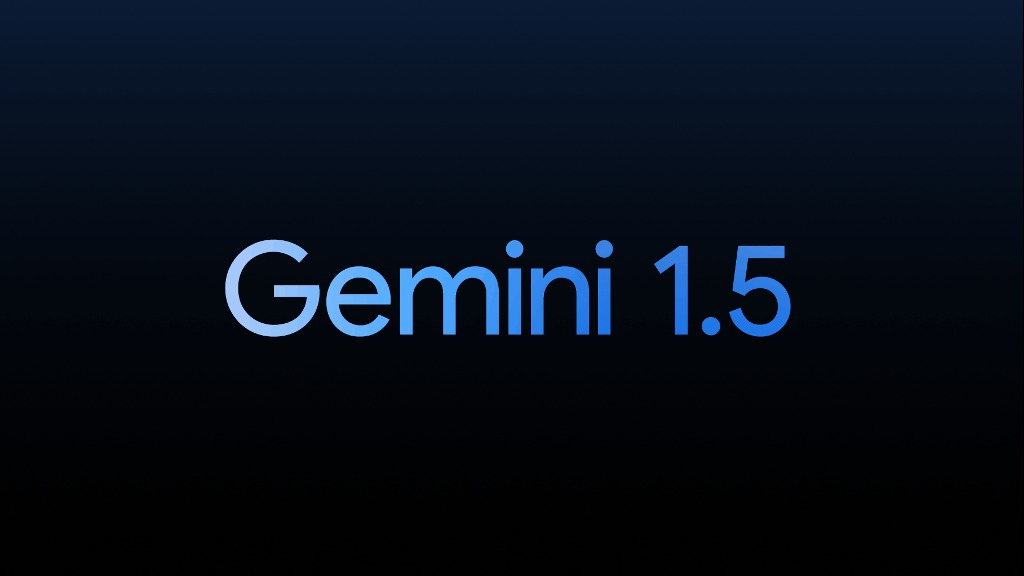
 AI12 months ago
AI12 months agoGoogle Pixel 9 Pro may come with a complimentary one-year Gemini Advanced subscription
-
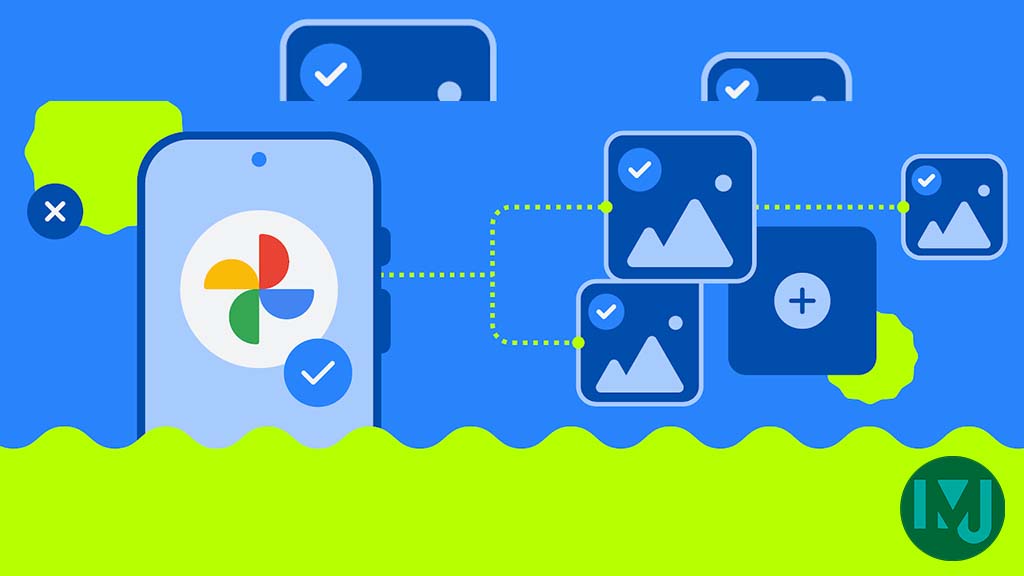
 Apps12 months ago
Apps12 months agoGoogle working on a new video editing feature for its Photo app
-
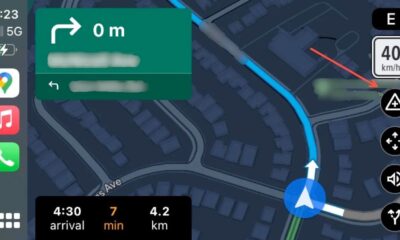
 Apps12 months ago
Apps12 months agoGoogle Maps lets you report traffic jams and accidents on Apple CarPlay, but not on Android Auto
-

 Apps1 year ago
Apps1 year agoGoogle Messages app will transform MMS chats into RCS
-

 News1 year ago
News1 year agoBreaking: Samsung Galaxy S22 may get Galaxy AI features



